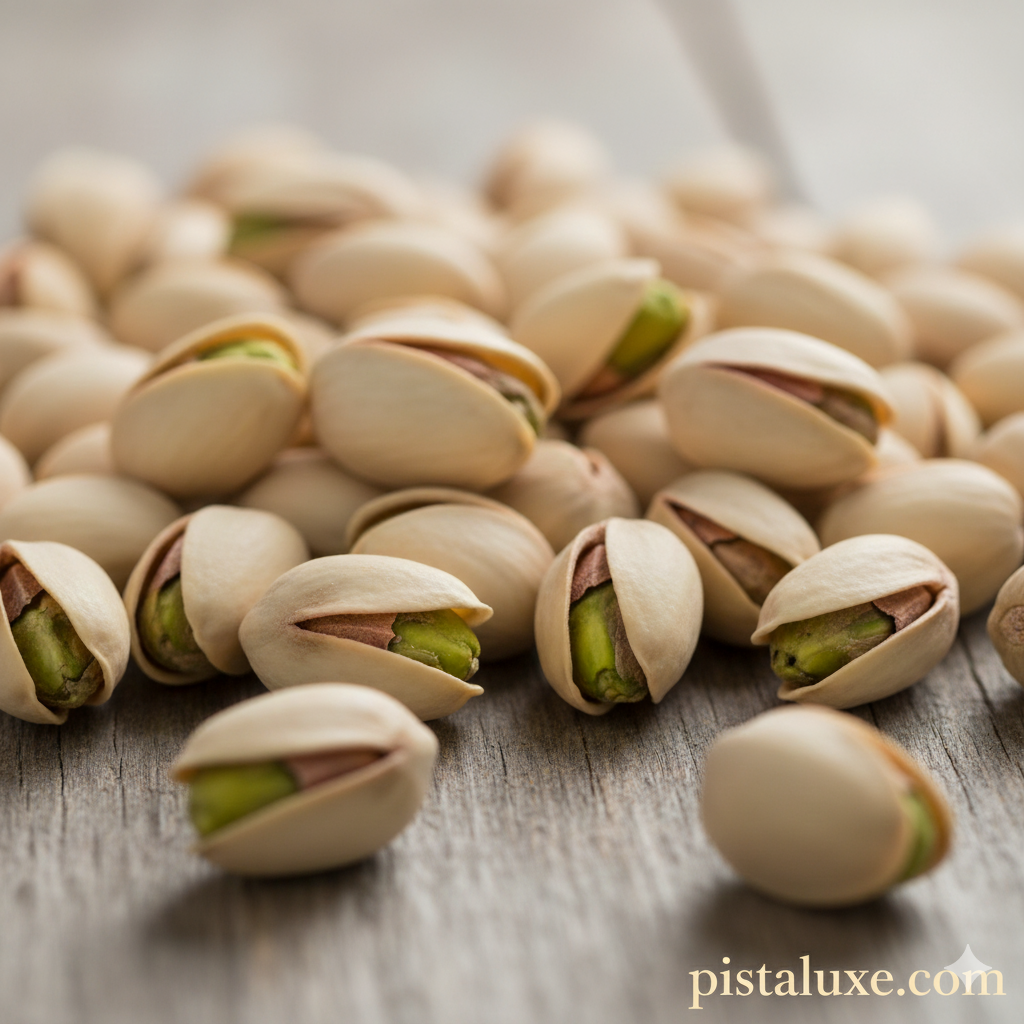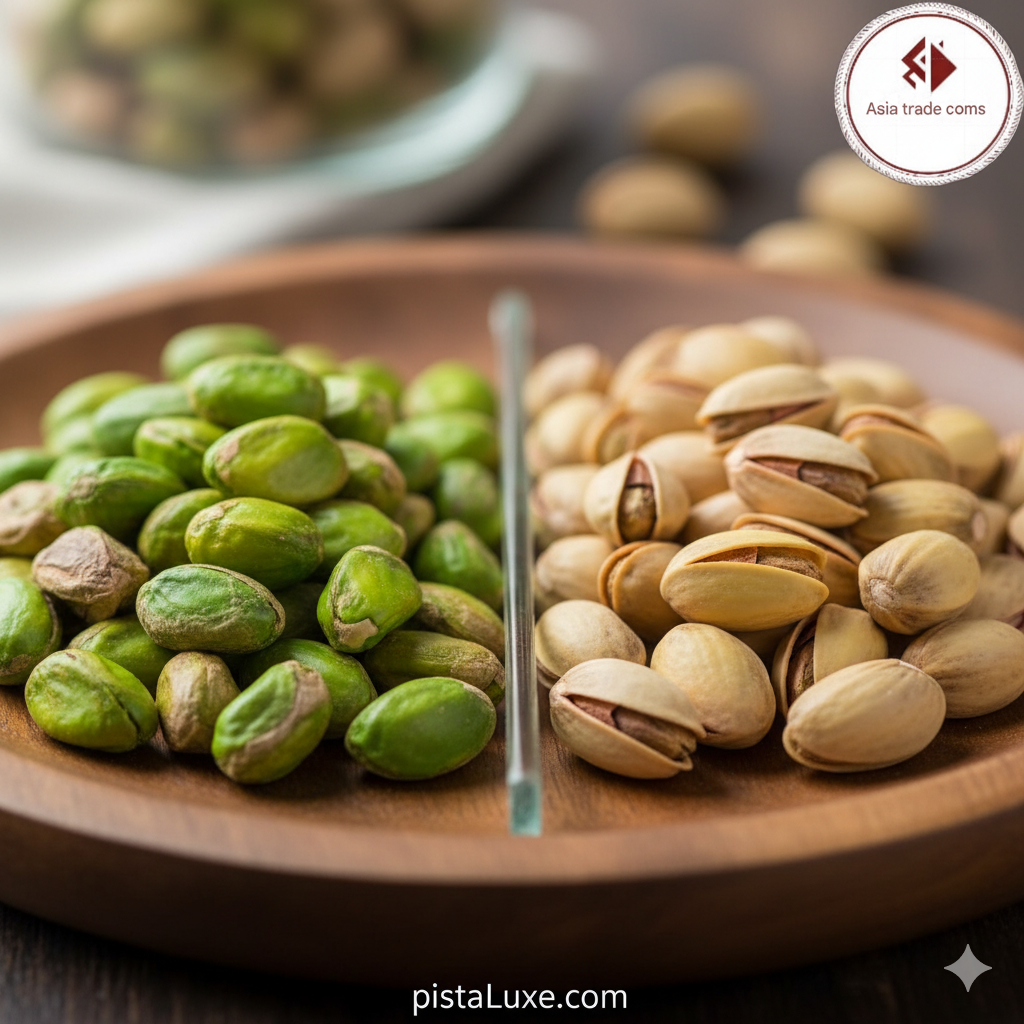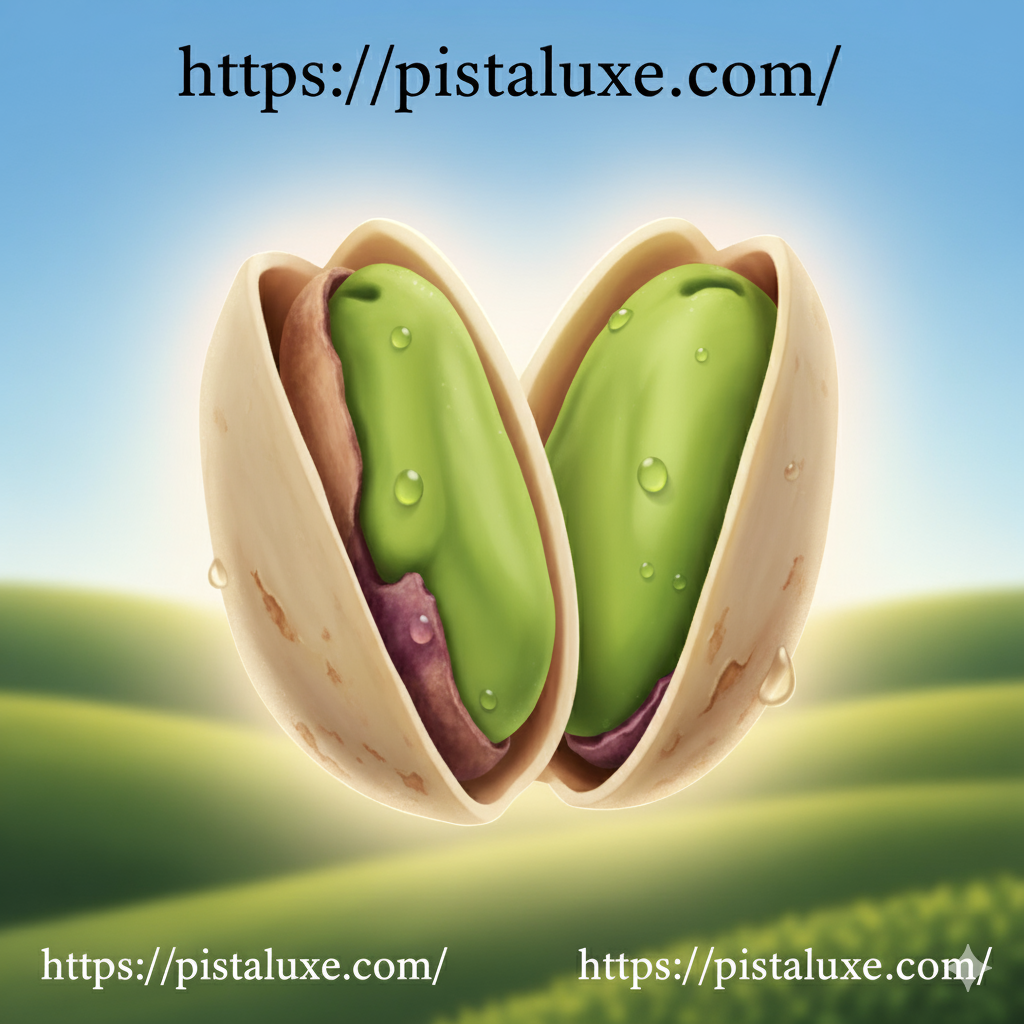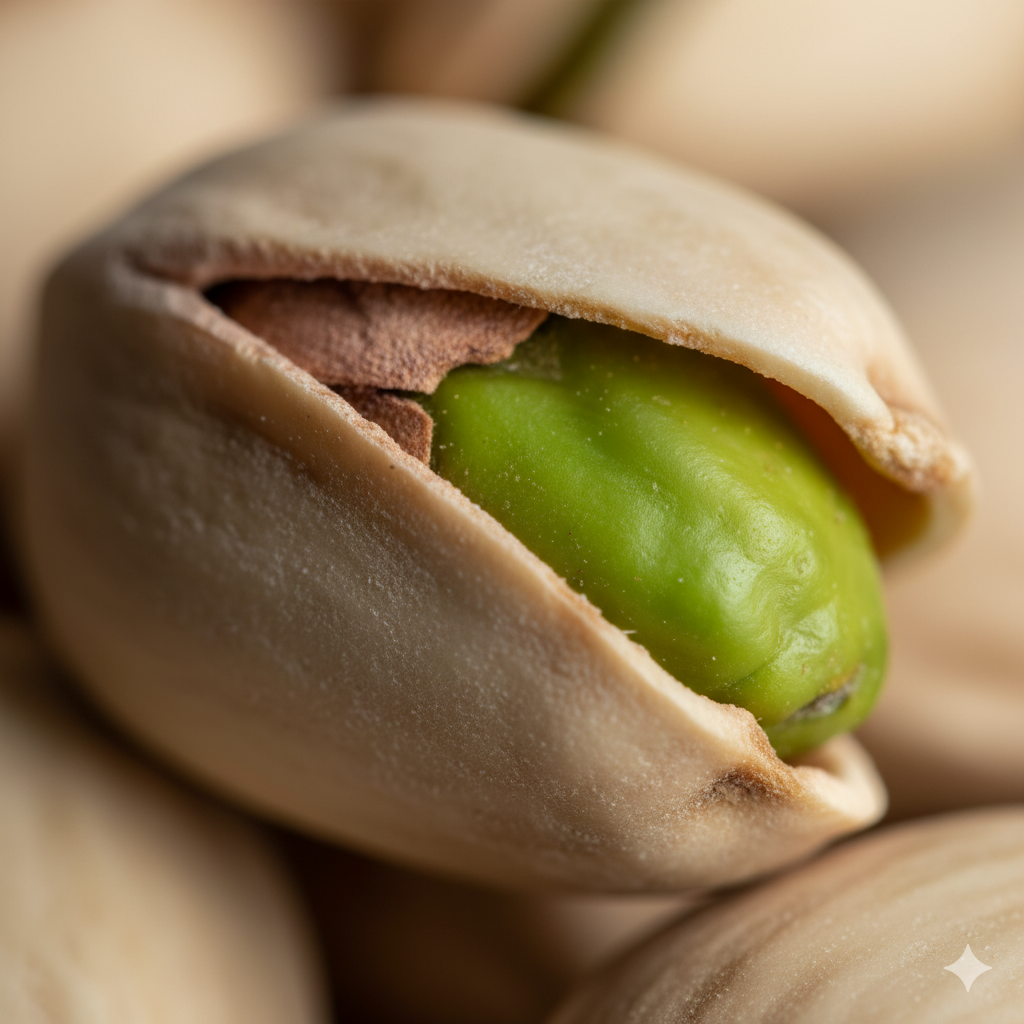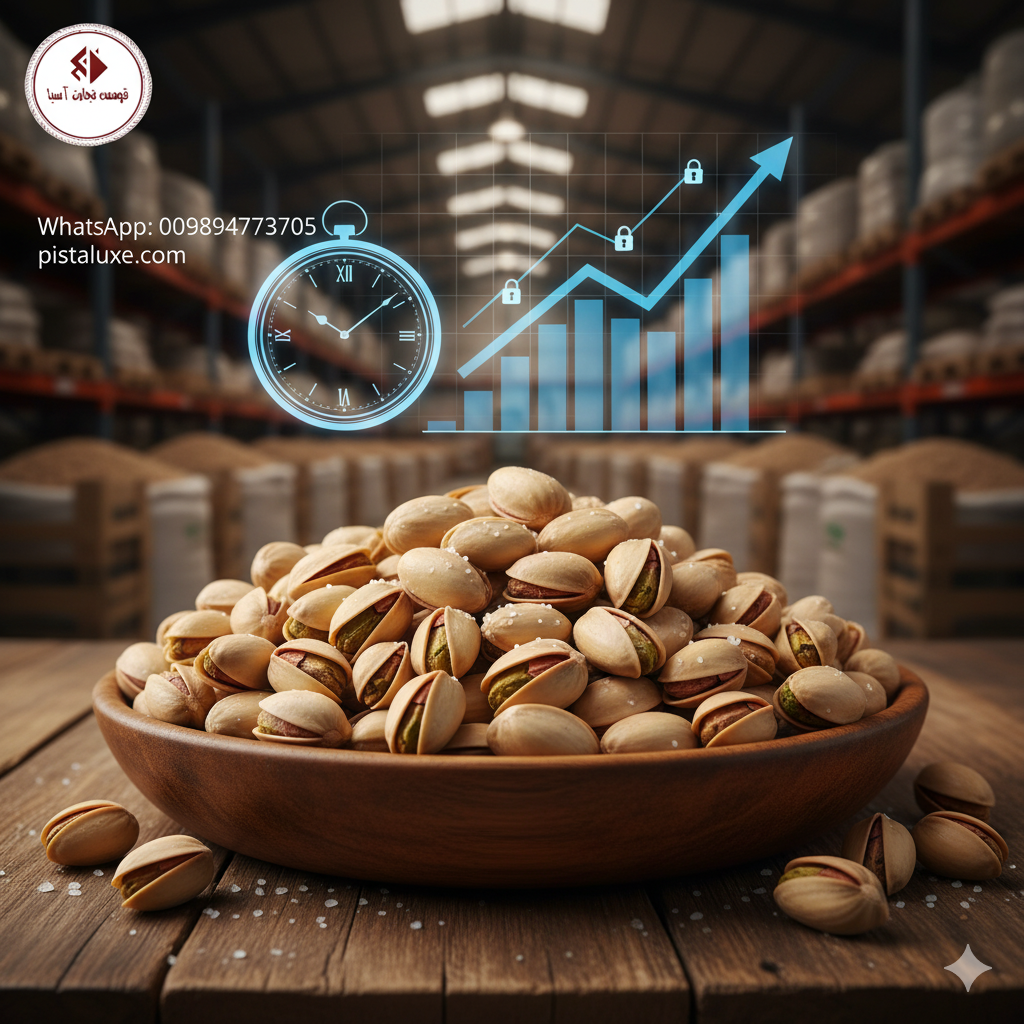
To further validate the strategic approach outlined in the first article, a quantitative framework is necessary to assess the financial impact of the two procurement models. This analysis focuses on calculating the Opportunity Cost—the potential profit a firm sacrifices by choosing the passive, seasonal procurement path.The Annual Pistachio Price Cycle ModelThe price of premium pistachios follows a predictable, three-phase cycle that dictates profitability. In the first phase, the Harvest Peak (September to November), prices are at their annual low due to maximum supply. In the Mid-Season (December to February), prices begin to climb. Finally, during the Off-Season (March to August), supply becomes scarce, and prices peak at their annual high due to sustained export and seasonal demand.Calculating Price Appreciation ROI (The Missed Opportunity)
Consider a commercial buyer who needs 100 Metric Tons (MT) of premium pistachios. Assume the purchase price at harvest is 800,000 Tomans per kg, and the off-season spot price rises to 1,200,000 Tomans per kg.The carrying cost (including storage, insurance, and the cost of capital for six months) is estimated at 40,000 Tomans per kg.The Return on Investment (ROI) generated solely from price appreciation, after deducting all holding costs, is calculated as follows:Conclusion: The Off-Season Sourcing strategy yields a 45% return on the raw material cost through price appreciation alone.The True Opportunity CostThe Opportunity Cost (OC) of choosing the passive, seasonal buying strategy is the profit forgone from failing to capture this 45% price appreciation. In essence, the passive buyer is forced to purchase their material 45% more expensively than the strategic buyer’s cost base.
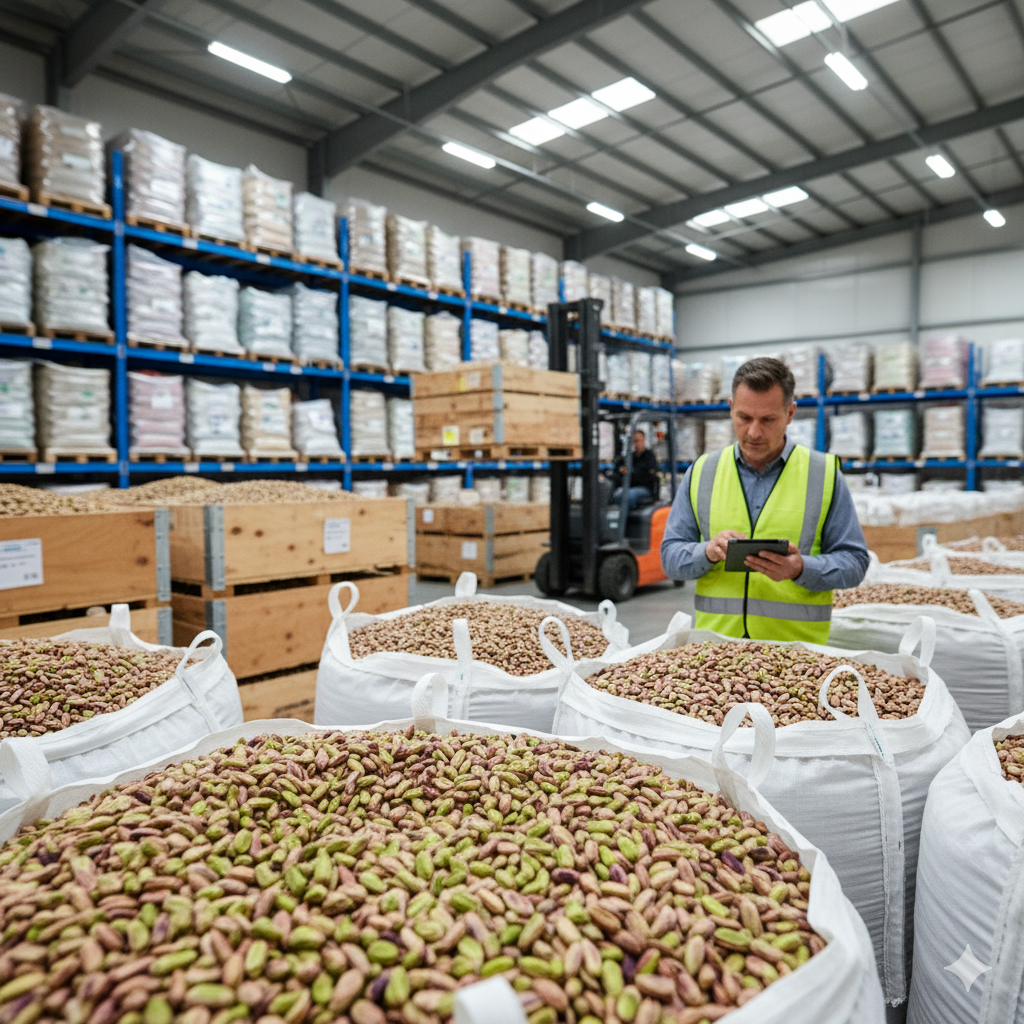
For the 100 MT requirement, the opportunity cost amounts to: 36 Billion Tomans.The passive buyer incurs an Opportunity Cost of 36 Billion Tomans compared to the strategic buyer—profit that was clearly available to be captured by timely sourcing.Intangible Costs and Final ConclusionBeyond the direct financial loss, the seasonal procurement model suffers from a lack of negotiating power and a higher risk of acquiring stale or lower-quality stock.The quantitative analysis demonstrates that the strategic off-season model is a superior financial discipline. By viewing the raw material as an asset with predictable price appreciation, firms convert an anticipated cost (the higher off-season price) into a guaranteed profit center. In the competitive pistachio market, success hinges on capitalizing on the price differential between harvest and off-season.
📞 Place Your Pistachio OrderTo inquire about purchasing and placing an order, please contact Mr. Ravanshad via WhatsApp: 00989214773705


